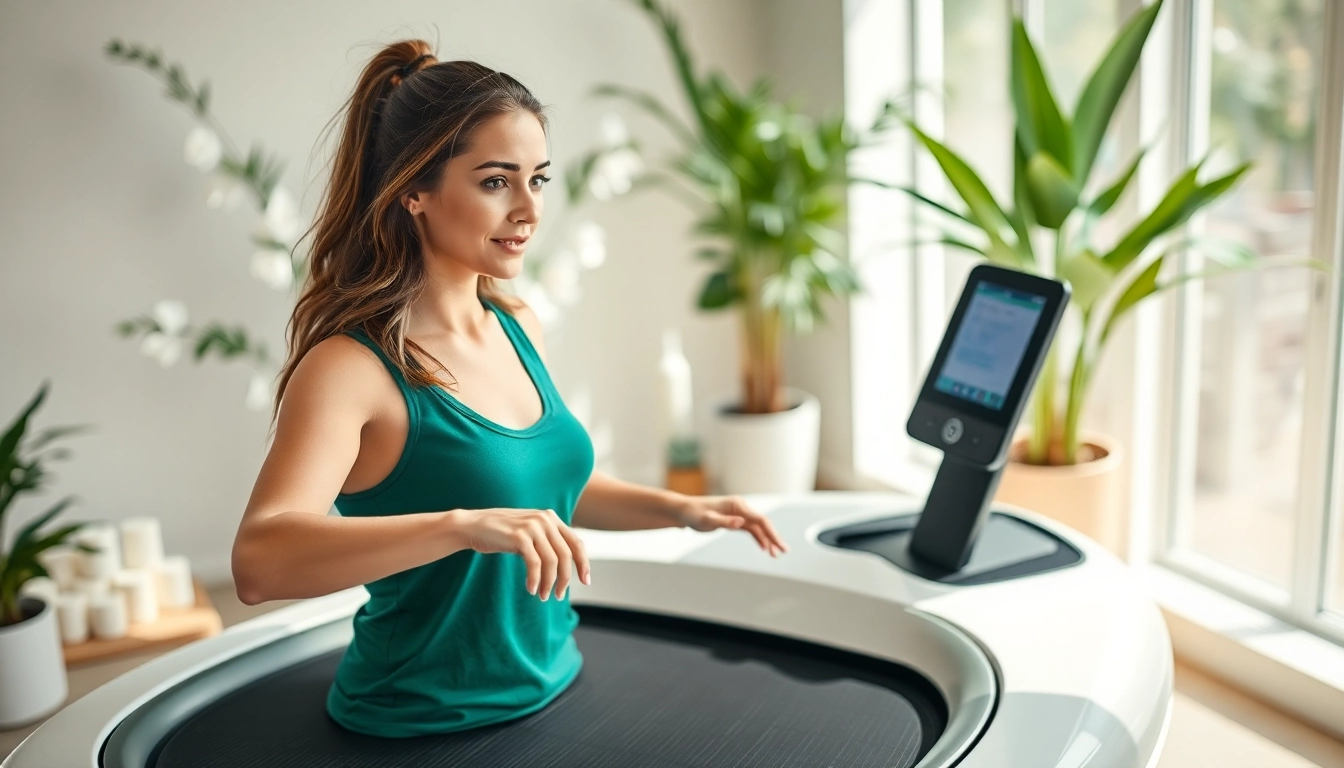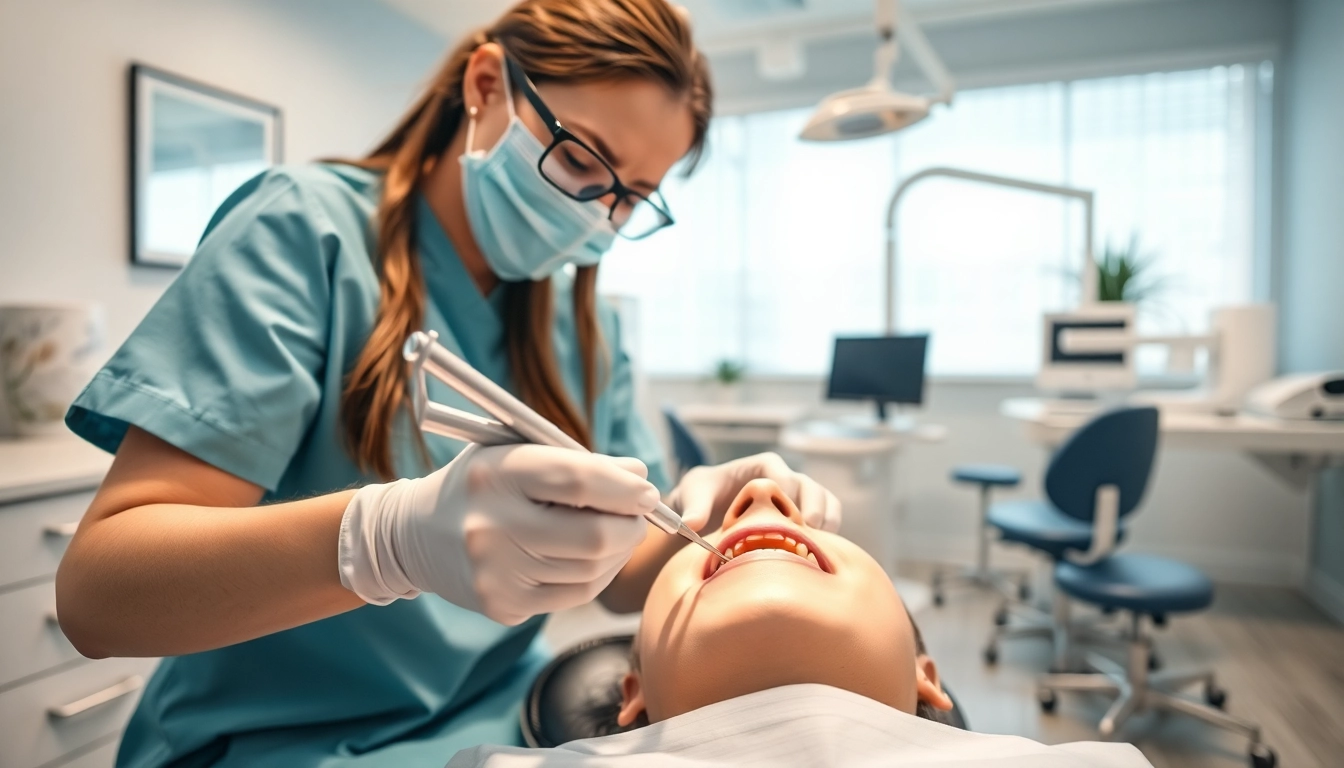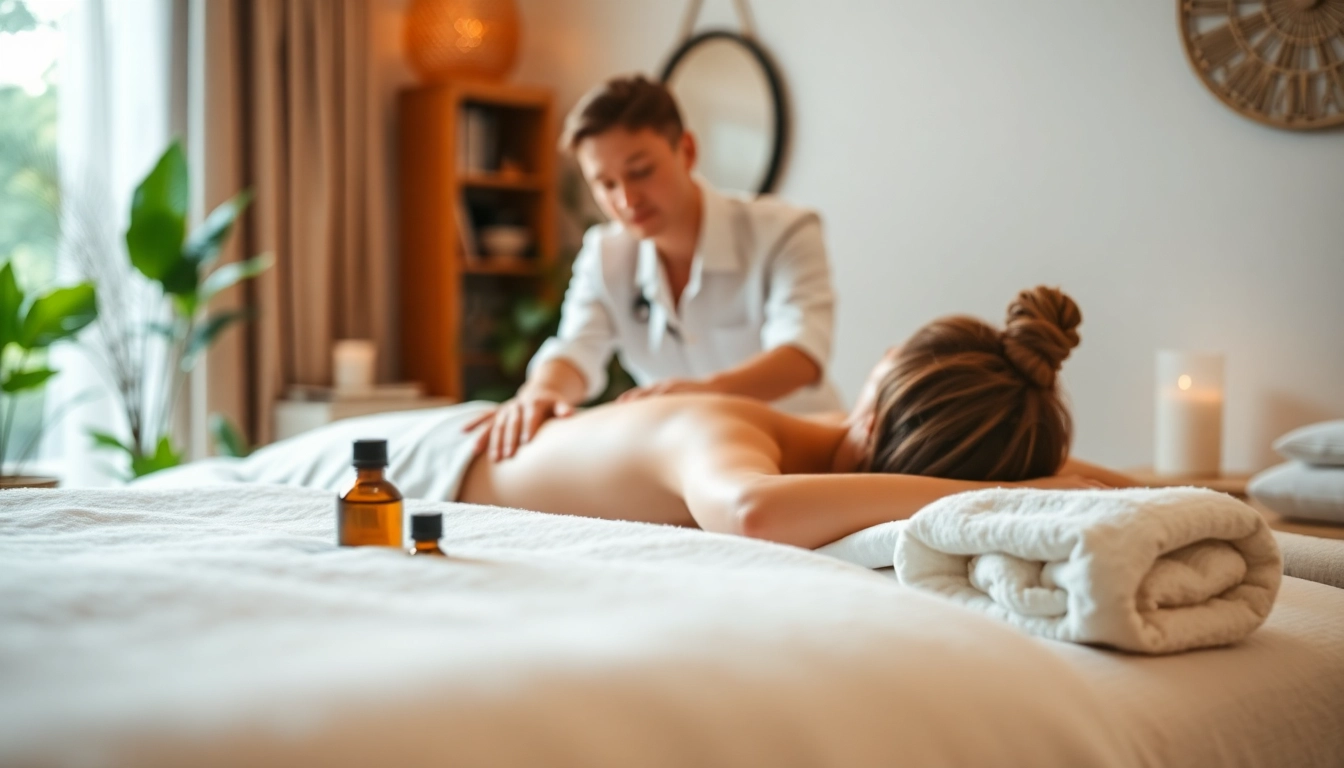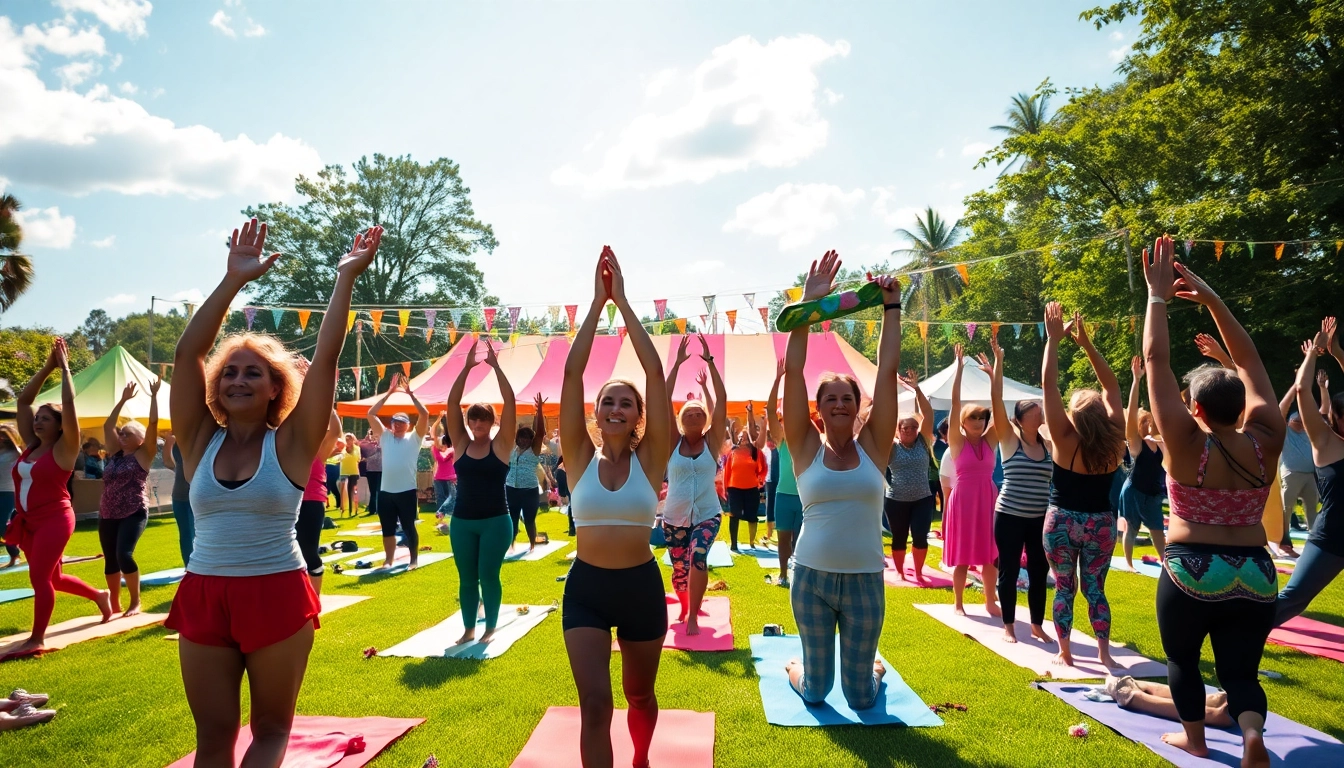Understanding Whole Body Vibration Therapy
What is Whole Body Vibration Therapy?
Whole body vibration therapy is an innovative treatment approach that involves standing, sitting, or lying on a vibrational platform that generates mechanical oscillations. As the machine vibrates, it transmits energy to the body, causing muscles to contract and relax multiple times per second. This process mimics the effects of exercise and may lead to several health benefits, making it an appealing option for those seeking alternative therapeutic methods. This form of therapy can be particularly beneficial for various populations, including athletes, individuals undergoing rehabilitation, and those looking to enhance their overall wellness. Many are turning to whole body vibration therapy to explore its advantages in fitness and health.
How Does Whole Body Vibration Work?
The mechanism behind whole body vibration therapy relies on the transmission of mechanical vibrations through a vibrating platform. As you position yourself on the machine, the vibrations stimulate the body, leading to involuntary muscle contractions. These contractions can occur at various frequencies and amplitudes, depending on the machine’s settings. The physiological effects include improvements in muscle strength, flexibility, and circulation, positively impacting various health aspects. The constant movement enables users to engage their muscles in ways that traditional exercise may not facilitate, providing a versatile approach to fitness and rehabilitation.
Key Components of Whole Body Vibration Therapy
Understanding the core components of whole body vibration therapy can enhance the effectiveness of the treatment. Key elements include:
- Vibration Frequency: The speed at which vibrations occur affects muscle engagement. Frequencies typically range from 20 to 50 Hz, impacting the overall effectiveness of the therapy.
- Amplitude: This refers to the magnitude of the vibrations. Higher amplitudes can result in more profound muscle contractions, potentially yielding heightened benefits.
- Duration and Time: The length of therapy sessions and overall treatment time can influence the outcomes. Short, high-intensity sessions can be as effective as longer, moderate intensity treatments.
Health Benefits of Whole Body Vibration Therapy
Improvement in Muscle Strength and Tone
One of the most significant benefits of whole body vibration therapy is its capacity to improve muscle strength and tone. Research indicates that regular exposure to vibration can activate muscle fibers, stimulating growth and improving endurance. Particularly noteworthy is the finding that elderly individuals and those with physical disabilities can experience considerable strength gains, making it an effective therapy for rehabilitation and strength-building. This enhancement in muscle strength can translate to better performance in day-to-day activities and overall improved physical health.
Effects on Pain Management and Rehabilitation
Whole body vibration therapy has gained traction as an effective modality for pain management and rehabilitation. The vibrations promote blood circulation, which may lead to decreased inflammation and improved healing of damaged tissues. Additionally, whole body vibration can help manage chronic pain conditions and aid in recovery from surgeries or injuries. By targeting specific muscle groups, it helps in muscle reconditioning, ultimately speeding up rehabilitation processes and reducing recovery time.
Enhancing Circulation and Blood Flow
Improving circulation is another vital benefit of whole body vibration therapy. The oscillatory movements stimulate blood flow, enhancing nutrient delivery to muscles and tissues while aiding in the removal of metabolic waste. This increased circulation may lead to improved cardiovascular health and overall stamina, supporting active lifestyles. Enhanced circulation also plays a critical role in recovery from physical exertion, decreasing soreness post-exercise.
Common Uses for Whole Body Vibration Therapy
Therapeutic Applications in Physical Therapy
Whole body vibration therapy is often incorporated in physical therapy settings to aid patients in their recovery processes. It can enhance traditional rehabilitation techniques, enabling patients to regain strength and range of motion more effectively. Therapists utilize vibration machines to target specific areas, allowing for a customized approach that suits each patient’s needs. Notably, patients suffering from conditions such as arthritis, back pain, and post-operative recovery have reported promising results from incorporating whole body vibration therapy into their treatment plans.
Fitness Regimens Utilizing Whole Body Vibration Therapy
Many fitness enthusiasts are including whole body vibration in their workout routines. This therapy is regarded as an effective complement to conventional exercise modalities, providing additional benefits without incurring excessive strain. Many fitness centers offer classes specifically designed to incorporate vibration platforms, and users can engage in activities such as squats, lunges, and core work while standing on the vibrating surface. This multi-tasking capability allows for efficient workouts that can be both time-saving and effective.
Wellness Programs Incorporating Whole Body Vibration
Whole body vibration therapy is increasingly becoming part of holistic wellness programs aimed at improving mental and physical health. By facilitating relaxation and reducing stress through gentle vibrations, individuals may experience enhanced well-being. The therapeutic effects can promote better sleep patterns, help manage anxiety, and contribute to a more balanced lifestyle overall. Programs targeting wellness frequently integrate vibration therapy to support users in achieving their health goals holistically.
Safety Considerations and Contraindications
Who Should Avoid Whole Body Vibration Therapy?
While many individuals can benefit from whole body vibration therapy, certain groups should exercise caution or avoid it altogether. Individuals with cardiovascular conditions, recent surgeries, acute injuries, or certain neurological conditions may be contraindicated for vibration therapy. It is crucial for anyone considering this treatment to consult with a healthcare provider, particularly if they have underlying health issues or concerns.
Potential Side Effects of Whole Body Vibration Therapy
Although whole body vibration therapy is generally safe, some individuals may experience mild side effects, including muscle soreness, dizziness, or nausea. These effects are typically temporary and can often be alleviated with proper hydration and breaks during treatment. It is essential to listen to one’s body and adjust the intensity or duration of therapy based on individual comfort levels.
Best Practices for Safe Usage
Ensuring the safety and effectiveness of whole body vibration therapy involves adhering to best practices. Here are a few recommendations:
- Start gradually: New users should begin with short sessions and lower frequencies to gauge their comfort level.
- Monitor body response: Pay attention to how the body reacts during and after sessions, adjusting the approach as needed.
- Consult with professionals: Working with a certified trainer or therapist knowledgeable in whole body vibration can provide guidance and prevent misuse.
- Hydrate: Keeping hydrated is essential to support the body during vibration sessions.
Getting Started with Whole Body Vibration Therapy
Choosing the Right Equipment
Investing in the appropriate vibration machine is critical for those interested in whole body vibration therapy. Various options are available, ranging from portable units to professionally designed machines utilized in clinical settings. Key features to consider include vibration frequency, amplitude settings, and machine stability. Researching user reviews and ratings can help in selecting a reliable model tailored to specific needs.
Effective Techniques and Positions
To maximize the benefits derived from whole body vibration therapy, employing proper techniques and positions is essential. Common positions include standing, sitting, and lying down; each can target different muscle groups effectively. Engaging in various full-body exercises, such as squats and lunges, while on the machine can further elevate the effectiveness of the therapy. Aim for a balanced routine that allows for adequate recovery periods between sessions to prevent overstimulation or soreness.
Tracking Progress and Outcomes
Monitoring progress and outcomes is vital when implementing whole body vibration therapy. Keeping a journal or using fitness tracking apps can help document initial assessments, changes in strength or pain levels, and overall feelings of well-being. By noting improvements over time, individuals can adjust their therapy approach as necessary and promote motivation throughout their wellness journey.















Leave a Reply